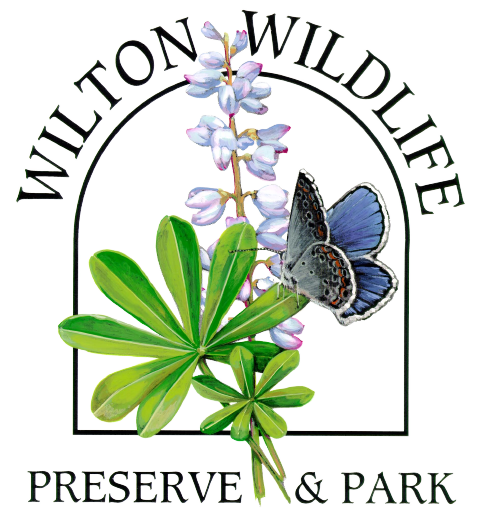Ecological Significance of the Saratoga Sandplains
During the last ice age 10,000-15,000 years ago, this region was covered with ice. As temperatures rose and the glacier named the Laurentide Ice Sheet melted and retreated northward, it created an earthen dam near present-day Newburgh. Water collected north of it and, ultimately, a lake grew from Newburgh to Lake George, Glacial Lake Albany. Rivers and streams emptied into the lake and dropped loads of sand, gravel, and clay. A lot of this sand was deposited in the Wilton/Northumberland area.
When the dam broke, the water drained into the Atlantic Ocean, leaving the sand exposed to the forces of the wind and water. Dunes formed, still evident in today’s gently rolling terrain. The sandy soils combined with other factors created large open areas of grasses and wildflowers with scattered trees, principally pitch pine and oak. In the dunes’ swales, seasonal wetlands known as vernal pools formed.
Fire once played an important role in this landscape comprised of the sandy soils left behind from Glacial Lake Albany. Natural lightning strikes and then in the 1800s, train-sparked fires were common and burned the above-ground vegetation. Fire tolerant plant species like pitch pine and scrub oak survived due to their adaptation of thick bark and extensive root systems. Wildflowers and grasses could quickly recover and grow in the new sunny openings. As the area’s settler population increased, fires were extinguished. Without fire, natural succession continued and once open areas became forested. The increased density of trees, primarily white pine, greatly reduced sunlight reaching the ground and those original grasses and wild flowers that were not shade tolerant died. With the loss of this early successional habitat, the animals depending on it also disappeared.
The upland sandy areas’ suitability for development also fueled the decline of these habitats. Wilton has experienced tremendous growth in the residential, commercial, and light industrial sectors in past decades. Some of this development has occurred on lands that were conducive to supporting imperiled species. Today, the greatest threats facing species adapted to the upland dry sandy soils and lowland wet areas are reforestation, human development, and habitat fragmentation. These areas still support many rare plants, animals, and ecological communities. With continuing development pressure, these lands and the wildlife they home are disappearing. To read more about the endangered, threatened, and special concern animals, click on each one below.
Wilton Wildlife Preserve & Park partners with entities including The Nature Conservancy, the New York State Department of Environmental Conservation, the Town of Wilton, and Saratoga County to work with willing landowners to protect these important lands. Lands are protected via donation or purchase. We thank our partners for their efforts to protect, restore, and maintain the early successional habitat and wetlands that support a suite of species whose populations have declined with the suppression of fire and the increase in development.

